Transcript:
[0m:4s] Hi I'm Josh Bloom, welcome to another video in the RSP Supply education series. If you find that these videos are helpful to you, it certainly helps us out if you could give us a big thumbs up and subscribe to our channel.
[0m:16s] In today's video, we want to talk a bit about radio communication. More specifically, we want to discuss the frequencies that are used most often in the many different radio devices that we see being used today.
[0m:31s] The frequency range that I am referring to is UHF or ultra high frequency.
[0m:38s] UHF is simply the designation that has been assigned for any radio frequency in the range between 300 megahertz and 3 gigahertz. This designation was assigned by the International Telecommunication Union, or ITU. The purpose of this video is to give you a brief overview of this frequency range and why it is so commonly used in areas like TV broadcasting, cellular communication, industrial radio communication, public safety and military applications. The frequency range of UHF signals is directly related to the wavelength range. UHF wavelengths will range from one meter up to one decimeter. Also, the size of the antennas that are used for this frequency range are dictated by the size of the wavelength, so it is common to see most UHF antennas that are smaller in size, which is one of the reasons that this frequency is so commonly used. Depending on the frequency that is being used, it is possible to see the behavior of the specific wavelengths vary from other frequencies in the UHF spectrum. For instance, on the low end of the UHF spectrum, the wavelengths are much further apart and they will propagate much differently as opposed to waves on the high end of the spectrum. In most cases, wavelengths in this spectrum propagate by line of sight. However, some ground reflection is possible on the lower frequencies. When referencing line of sight propagation, this means the wavelength will travel in a straight line from the transmitting antenna to the receiving antenna. This type of transmission is used in medium range radio transmission signals such as cell phones, walkie talkies, wireless networks, FM radio stations, TV broadcasting, etc. These wavelengths do not typically reflect or refract or change directions as they move through different transmission mediums like hills or buildings or other obstacles that might interrupt the wavelength.
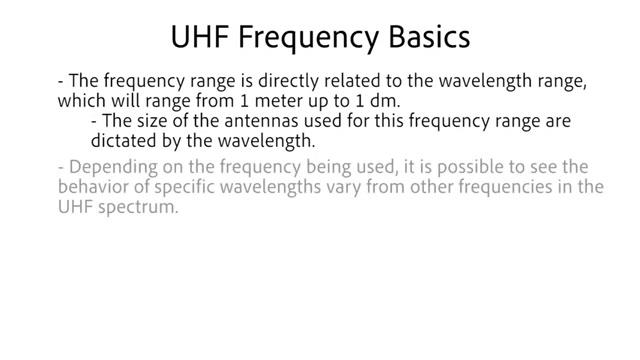

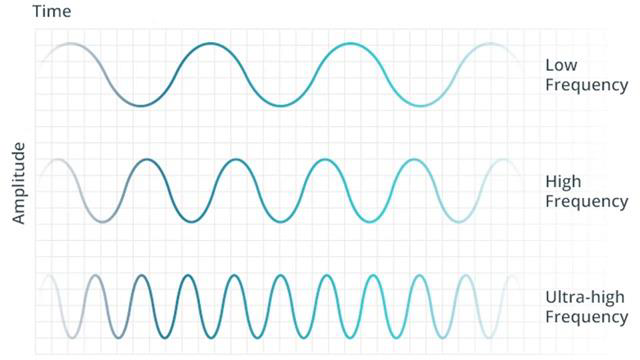
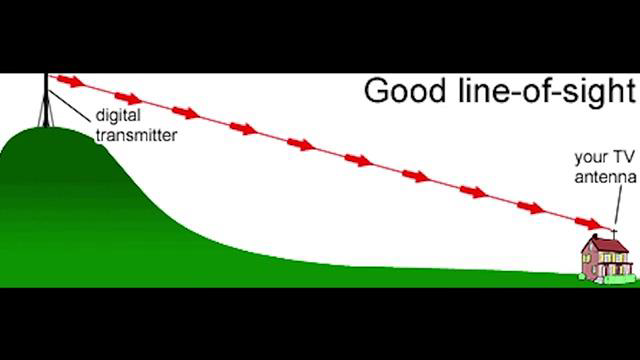
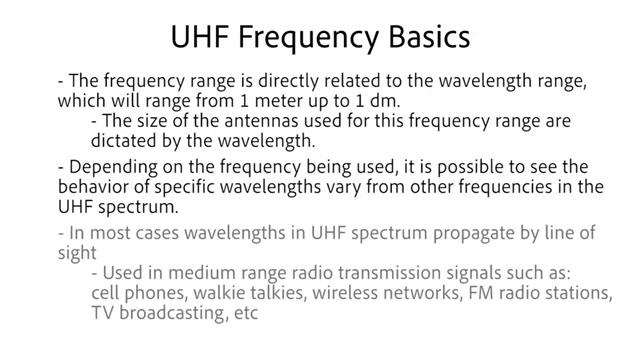
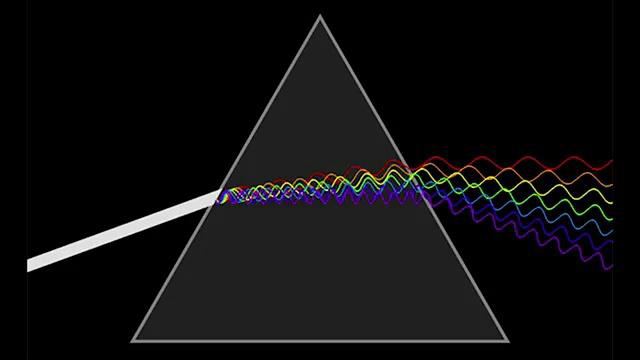
[3m:4s] With that being said, wavelengths on the lower end of the spectrum have a much higher likelihood of being reflected or refracted than wavelengths on the higher end of the spectrum. So, a good rule of thumb is this: the higher the frequency, the more important line of sight will become in successfully transmitting and receiving radio communications.
[3m:28s] One note: in most cases, UHF radio waves are strong enough to transmit through building walls for indoor reception.
[3m:39s] In most cases, UHF radio transmission is limited to about 30 or 40 miles, and often shorter distances depending on local terrain.
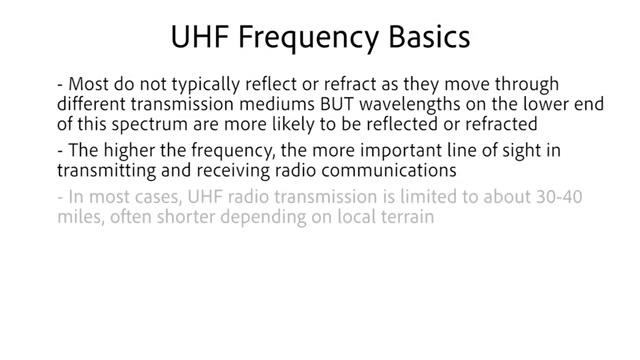
[3m:50s] This limited range allows for the use of the same frequency to be used more than once as long as both signals do not have direct line of sight or exceed maximum distance needed to transmit.
[4m:5s] It is important to note,
[4m:7s] the FCC or Federal Communications Commission has allocated that different ranges within the UHF spectrum will be used for certain purposes. For example, many commercial and industrial radios operate around the 900 megahertz frequency. Lower frequencies like 300 megahertz to 450 megahertz are largely used by government and local municipalities. So, when communicating in the UHF spectrum, it is important to know what ranges within the spectrum can be used. In future videos, we will talk more about the industrial radios that are used in different SCADA applications by cities and other clients that need radio communication that operate within this spectrum.
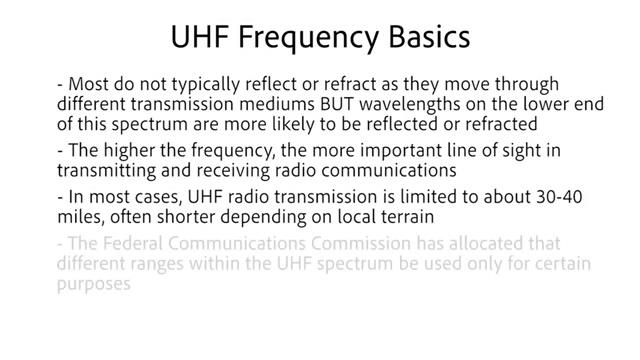
[4m:56s] For a full line of industrial radio hardware and thousands of other products, please go to our website. For more information or other educational videos, go to RSPSupply.com, the Internet's top source for industrial hardware. Also, don't forget: like and subscribe.




